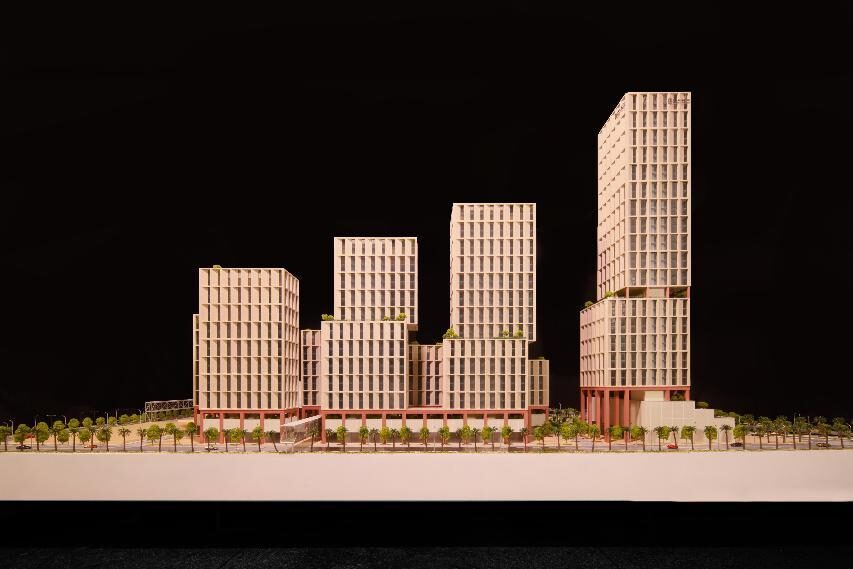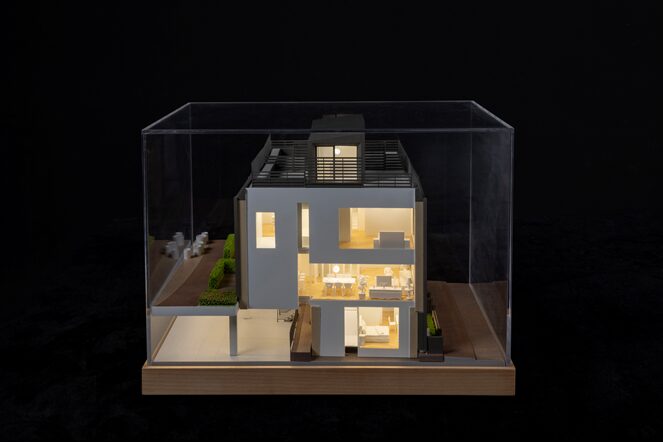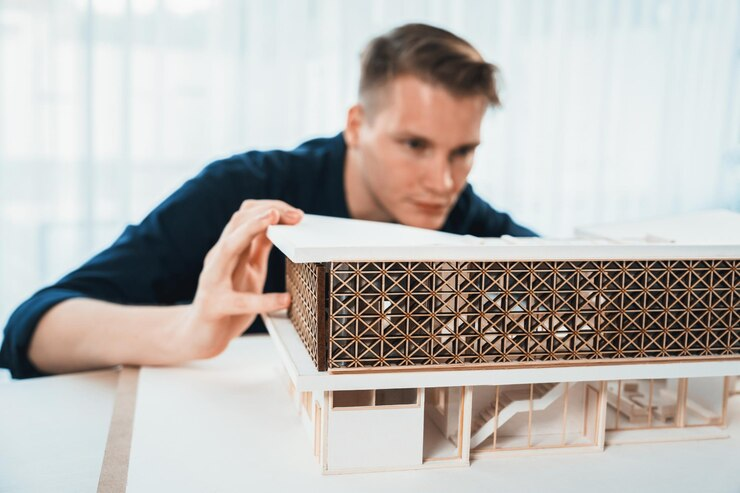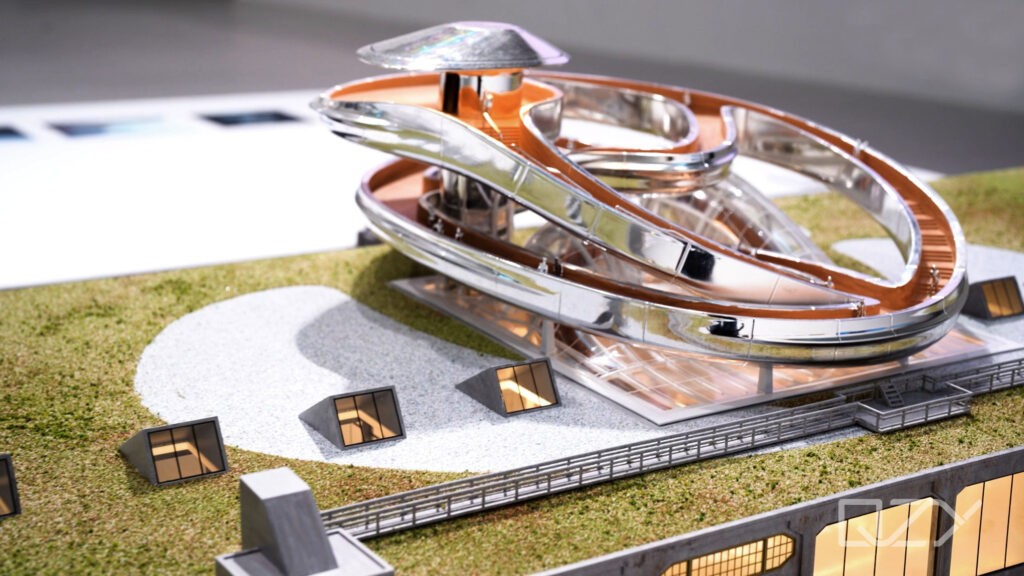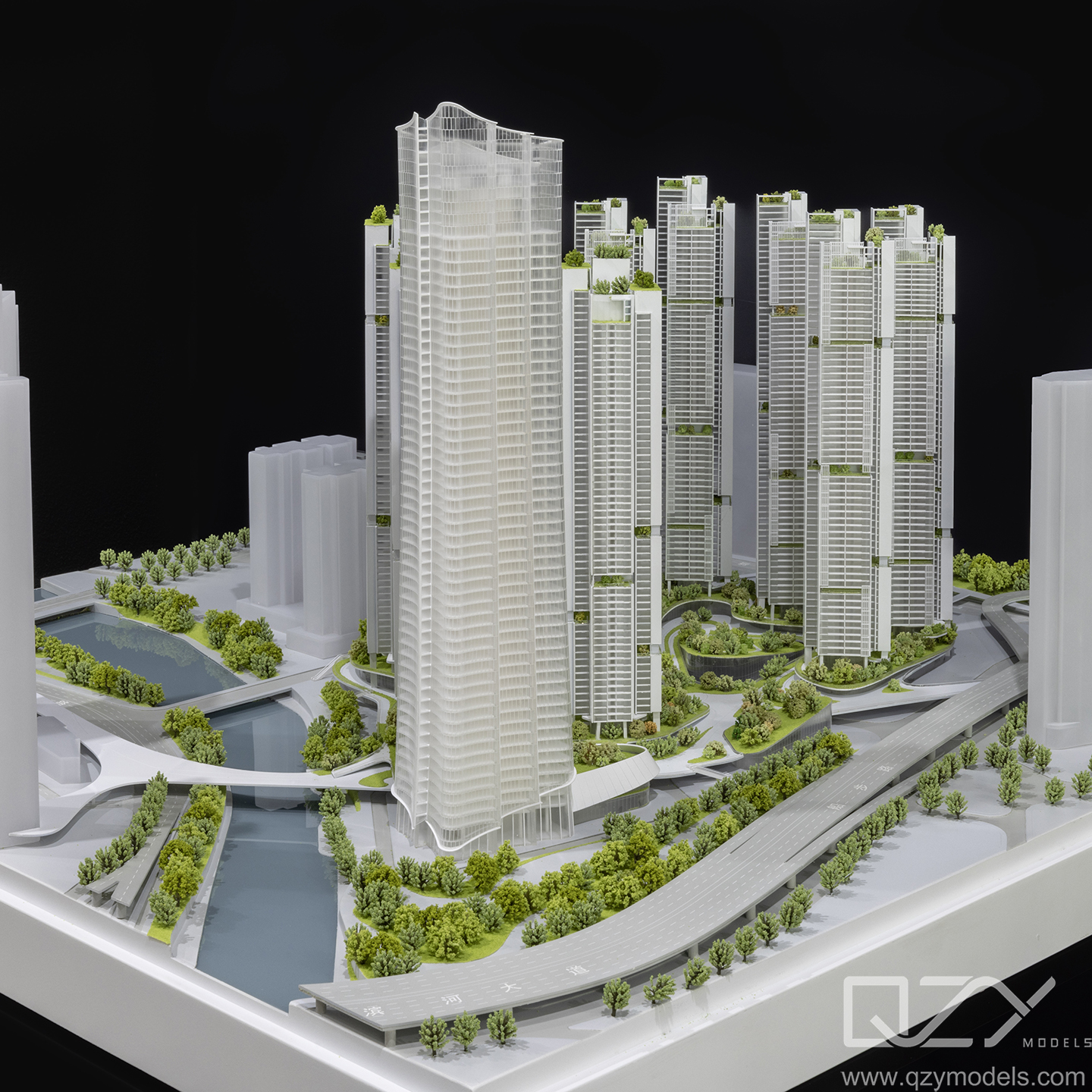Your Guide to Quality, Affordability, and Sustainability in Architectural Model Making
Are you searching for a reliable and cost-effective architectural model maker in China? With so many options available, it can be overwhelming to find the right supplier. At QZY Models, we leverage over 20 years of experience to deliver high-quality models at competitive prices.
The most cost-effective architectural model maker combines deep design understanding, extensive production experience, expertise in material and equipment performance, strict quality control, efficient workflows, and familiarity with climate considerations and import/export regulations across different regions. Partnering with a reputable, factory-based supplier that emphasizes eco-friendly, fire-resistant materials is key.
This article explores critical factors to consider when selecting an architectural model manufacturer, from costs and materials to scales and supplier types, helping you make an informed decision.
What Is the Cost of an Architectural Model?
Budgeting for an architectural model? Costs depend on various factors, including size, scale, design complexity, material choice, lighting effects, model stand, production timeline, and delivery location.
The cost of an architectural model typically starts at $1,000, with the final price influenced by customization needs.
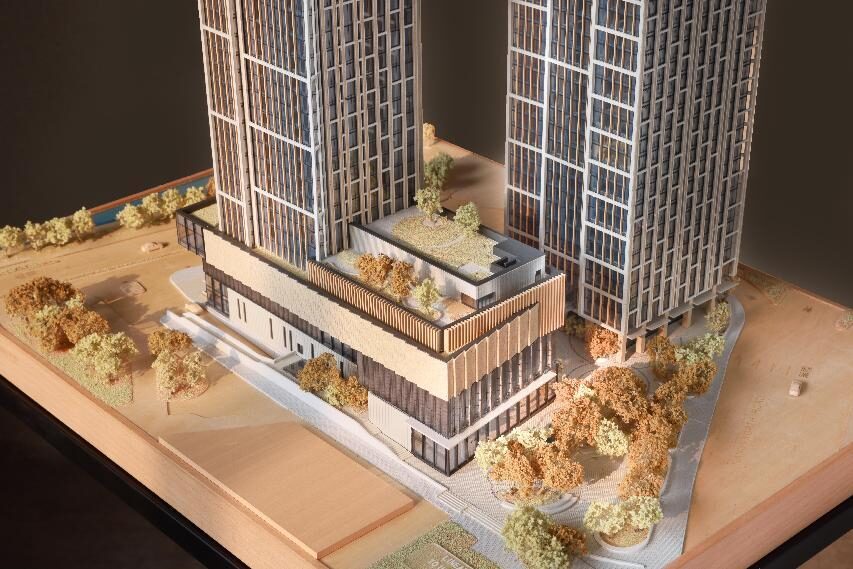
Factors Affecting Cost
- Size and Scale: Larger models require more materials and labor, increasing costs.
- Complexity: Intricate designs with detailed facades and internal structures demand more time and expertise.
- Materials: High-quality or specialized materials like metal or stone are more expensive.
- Lighting and Dynamics: Costs vary based on lighting complexity, from basic single-color core lighting to intricate programmable systems with dynamic effects. Interactive features or movable components significantly increase costs and maintenance needs.
- Model Stand: Stands vary widely in price, depending on size, material, and design. A sophisticated stand can sometimes exceed the cost of the model itself.
- Timeline and Seasonal Demand: Tight deadlines can increase costs by 30% or more due to additional labor and overtime. Prices also fluctuate based on peak and off-peak seasons in the industry.
- Shipping and Installation: Packaging and transport costs depend on distance and location specifics. Long-distance shipping and challenging installation conditions, such as limited site access or non-ground-floor placements, raise costs.
Cost-Saving Tips
- Choose Standard Scales and Sizes: Opt for scales like 1:50 and single pieces under 2x3m for efficiency.
- Use Common Materials: Acrylic, ABS, wood, and SLA (3D printing resin) are cost-effective.
- Simplify Designs: Limit lighting features, reduce internal detailing, and minimize color variations.
- Work with Skilled Project Managers: Direct communication with technical experts reduces misunderstandings and rework costs.
- Partner with Factory-Based Suppliers: Avoid intermediaries to minimize outsourcing costs.
- Plan Ahead: Order during off-peak seasons and select cost-effective shipping options to save up to 40%.
Who Creates Architectural Models?
The choice of supplier significantly impacts quality and cost. Architectural models are typically produced by specialized manufacturers with in-house factories. Look for suppliers with extensive experience, proven project portfolios, and global offices for reliable service and support.
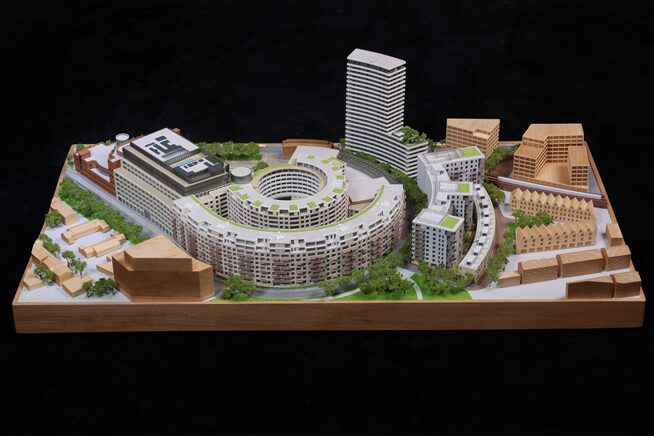
Types of Model Manufacturers
- Large Factories: Ideal for large projects requiring consistency but may lack customization options and cost efficiency for small projects.
- Medium-Sized Factories: Offer balanced customization, quality, and affordability—highly recommended.
- Small Workshops: Suitable for small projects but may lack the capacity for large orders or complex designs.
Why Choose QZY Models?
- Expertise: Our founders and project managers have over 20 years of global industry experience.
- In-House Factory: A medium-sized factory with 50+ skilled technicians ensures quality and customization.
- Global Presence: Multilingual support and offices in the Middle East, Europe, and Africa provide seamless communication and reliable after-sales service.
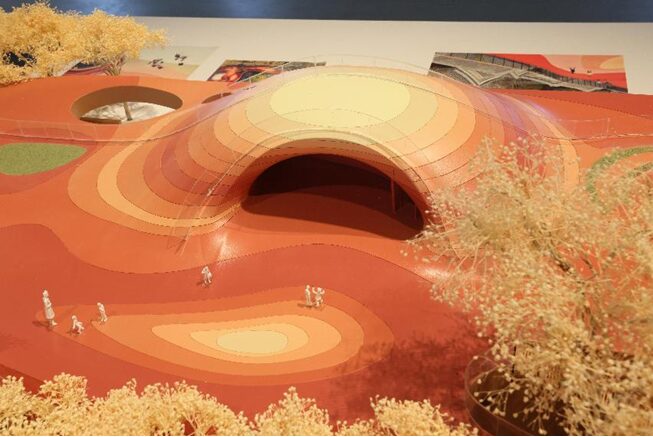
What Materials Are Used in Architectural Models?
The right materials depend on project requirements and budget. Common options include:
- Acrylic: Versatile and essential for architectural models; slightly higher cost but widely used.
- ABS: Cost-effective but limited to opaque applications.
- Wood: Adds natural aesthetics but is more expensive.
- 3D Printing Resin: Ideal for intricate designs, reducing manual labor costs.
Fire-Resistant Materials
QZY prioritizes safety by using fire-resistant and moisture-resistant materials wherever possible, ensuring models are both high-quality and safe.
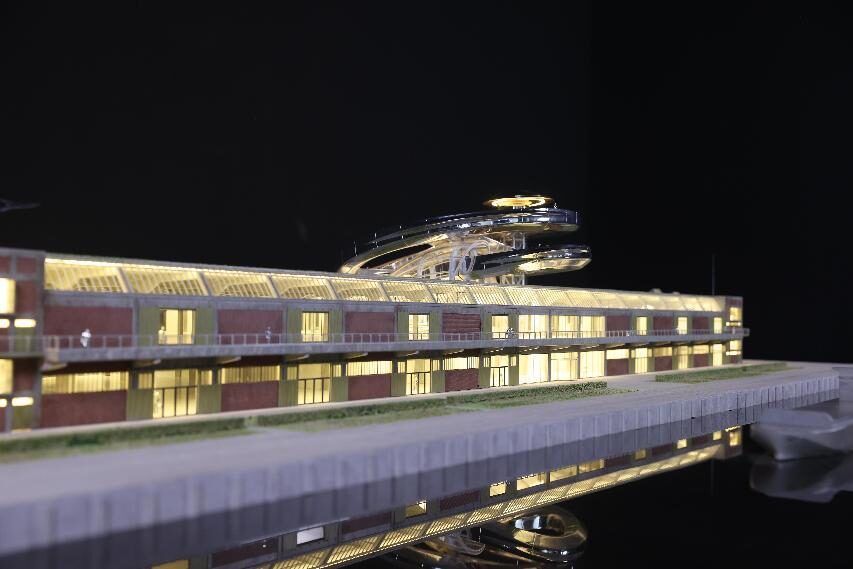
What Are the Most Common Scales for Architectural Models?
Scale determines the level of detail and overall model size. Common scales include:
- 1:20–1:50: Ideal for detailed interior and structural models, such as villas and interiors.
- 1:75–1:250: Suitable for detailed building facades and comprehensive project displays.
- 1:300–1:750: Great for large-scale developments and regional planning.
- 1:1000 and Above: Best for city planning and overall project visualization.
Choosing the Right Scale
- Consider the model’s purpose (e.g., sales, design research).
- Match the scale to the available display space and desired detail level.
- Consult professional manufacturers for expert recommendations.
Advantages of Standard Scales
- Universally understood by architects and clients.
- Facilitates comparison with other models or drawings.
- Cost-effective and versatile for various project types.
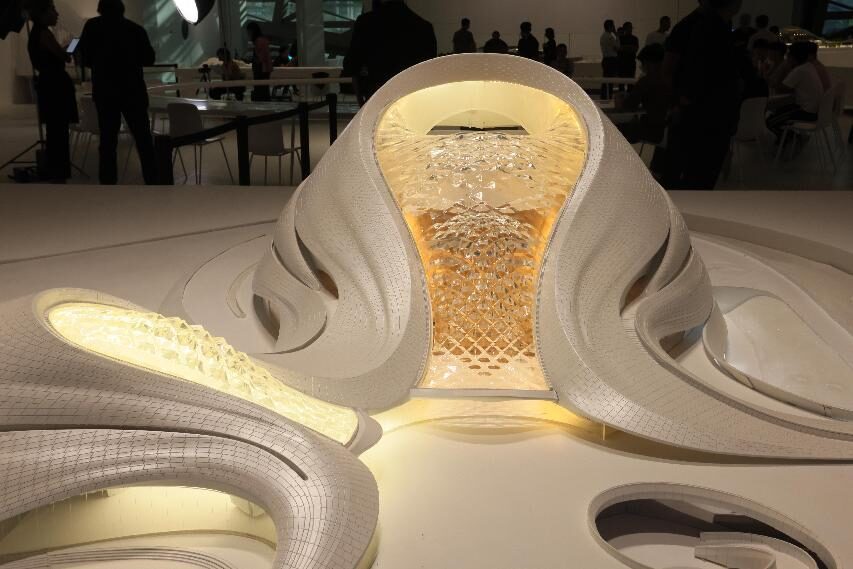
Conclusion
Finding a cost-effective architectural model manufacturer in China requires evaluating experience, materials, and production processes. QZY Models combines quality, customization, and sustainability to meet your needs within budget.
Choose QZY Models for unparalleled service and expertise!
